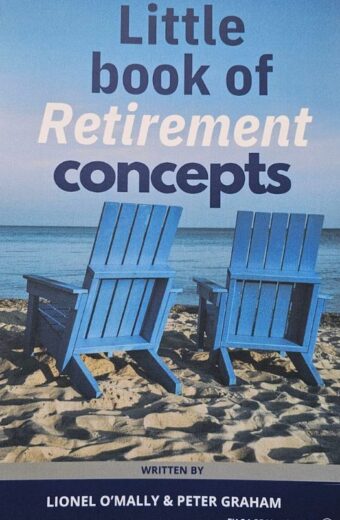Living in a retirement community is a fantastic lifestyle option for retirees, with homes custom-built for comfort, security and low maintenance, and an instant social network available to you whenever you want it. You cannot replicate this environment outside of a retirement community and for that reason I am a BIG fan.
Unfortunately, purchasing a retirement home in Australia has now become a very complex and confusing process, with many traps and hidden fees and charges awaiting the unwary buyer.
Why is buying a retirement home so complex?
More than 90% of retirement communities in Australia are operated under what is known as a deferred management fee (DMF) scheme. I will explain more about these schemes at a later date, but essentially, retirement communities that operate under DMF schemes are governed by state retirement villages legislation, and because it is state legislation, it means that every state is slightly different!
It gets worse though – the remaining 10% or so of villages operate under other legislation, depending on their particular way of selling occupancy or title. This could be the state’s property legislation, manufactured homes or residential tenancies legislation or even the Commonwealth Corporations Act!
So what actually is a retirement village?
Good question! You will have heard many terms used to describe a retirement village, such as an “Over 50’s Village”, an “Independent Living Resort”, or even a “Lifestyle Community” (which, I must admit, always makes me think of a nudist colony!).
These terms have been introduced by marketers trying to escape from the traditional image or stigma of a retirement village – you know, that of an old, depressing, suburban complex with boring brick-and-tile buildings, inhabited by the grey cardigan and cup-of-tea brigade!
So what actually is a “Retirement Village”?
Legally, a retirement village is whatever is defined as a retirement village under the retirement village legislation in each state and territory. That’s right – in another clear demonstration of the inefficiency of our state and federal system of government, every state and territory has passed its own retirement village legislation. Unsurprisingly, the legislation across the nation is pretty much the same, with only minor differences between the states.
Typically, a retirement village is described in the legislation as “premises where older members of the community or retired persons reside, in independent living units or serviced units, under a retirement village scheme.”
The “scheme” as mentioned here allows a retirement village owner to structure a resident’s occupation whereby they:
- Enter into a residence contract of some sort;
- They pay a fee to acquire the residence contract; and
- They can pay for additional services if required.
Now I know this all sounds a bit boring and legalistic, but the point I want to make here is that the retirement village legislation actually allows village owners to structure and charge residents a whole range of fees through their complex purchase contracts that they would otherwise not get away with.
It is important to get good, independent advice before you sign any purchase contracts.
Richard Andrews is the founder and director of Find My Retirement Home, a company that acts as an independent advisor and buyer’s agent for retirees looking to purchase a retirement home.

